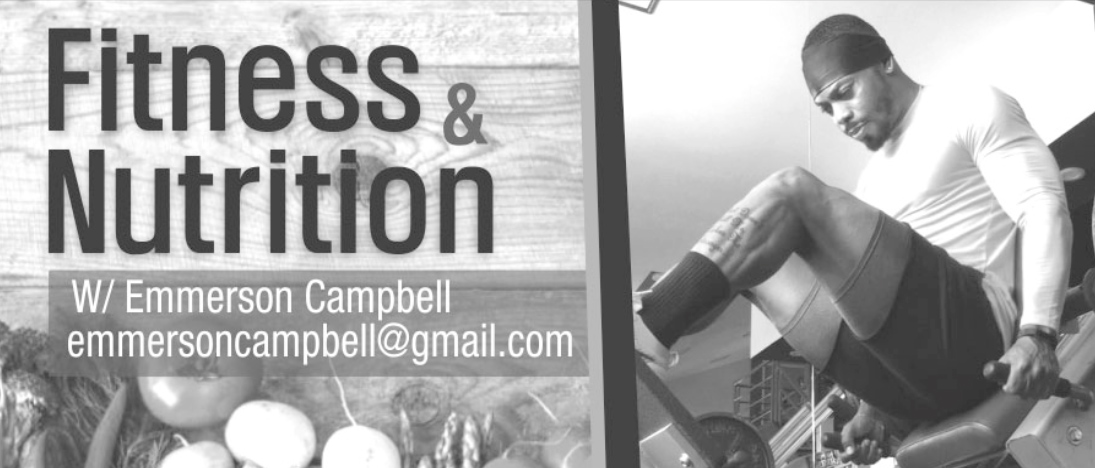Anyone who scrolls through the social media pages of women who work out is likely to find photographs of them doing quite a number of lower body exercises, many of them squats in several variations.
The same cannot be said for many men as they are too preoccupied with just their upper bodies. But trust me men, the women are onto something.
The squat might be one of the most effective exercises you can do. It engages the lower half of the body (including the hips, glutes, quads, hamstrings, and calves, while also hitting the core, shoulders, and back).
A proper squat requires muscular coordination throughout the entire body, allowing you to simultaneously build muscle while burning fat thanks to its high metabolic demand.
By definition, a full squat is just below parallel, where the hip joint is lower than the knee joint. Most people can be observed performing squats or quarter squats for various reasons (some of these being mobility issues, or they believe the claim that squatting to full depth is ‘bad for your knees and back’).
However, the perfect squat is a deep squat, with the hip crease going all the way past the knees. Deep squats recruit more muscles, burn more calories, and are particularly good for building nice, strong glutes.
A lot of guys squat, but they can be seen performing half squats because they think deep squats are perhaps just for women or they might place strain on their knees. On the contrary, deep squats might actually increase knee stability; what puts strain on your knees (and back) is incorrect technique.
Most of the connective tissue in the knee is made up of two ligaments: the anterior and posterior cruciate ligaments, also known as the ACL and the PCL. Studies show the forces inside the ACL and PCL decrease the more the knee is bent, meaning the deeper you squat, the less pressure there is inside the knees.
Researchers have also found that:
• Supportive tissue (ligaments and tendons) will adapt to increased loads
• Full squats do not have any negative effect on the stability of knee ligaments
• At the turning point of a half squat, there is more compressive stress on the knee, and a smaller support surface for the quadriceps tendon (compared to a full squat)
• The spine adjusts to squat training by (a) increasing bone mineral density, (b) increasing tensile strength of ligaments, and (c) strengthening back muscles.
In fact, parallel squats with heavy weights have been found to be less effective at increasing strength than deep squats with a lighter weight.
Not only is squatting deep safe and effective, but it’s very effective in building a strong, muscular frame by increasing testosterone levels.
Barring any mobility issues or flexibility limitations, start squatting deep gents.





